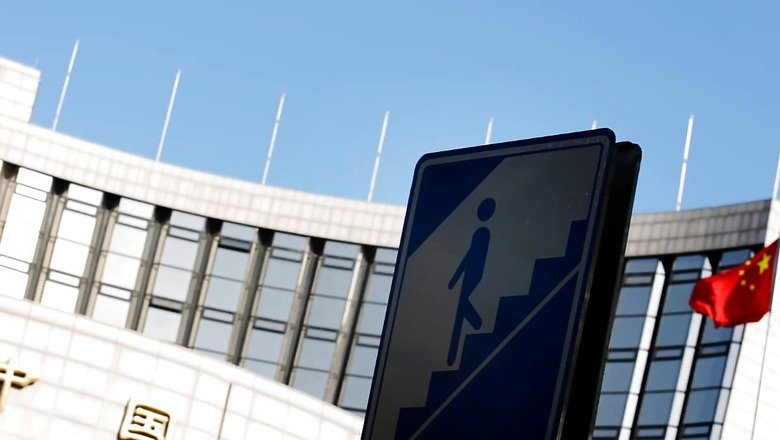
views
One of the key agenda items during the G20 Summit scheduled over this weekend in New Delhi is reforming and strengthening multilateral development banks (MDBs) such as the World Bank, Asian Development Bank (ADB) and Islamic Development Bank.
The US is keen on this transformation and so are India and other member countries. A key reason for such exaggerated emphasis on overhauling MDBs by the G20 members is the prospect of China’s increasing dominance in global lending in the last two decades. This appears to have raised the hackles of the US and others, and overhauling MDBs is a step towards arresting Chinese heft.
Besides, incremental funding for tackling the global climate crisis and stiffer global poverty alleviation goals are prompting the G20 members to look for more robust and better funded MDBs.
An Independent Expert Group, which was formed earlier this year during India’s G20 presidency, has already suggested a three-pronged roadmap for transforming MDBs:
Adopt a triple mandate of eliminating extreme poverty, boosting shared prosperity, and contributing to global public goods
Triple sustainable lending levels by 2030
Create a third funding mechanism which would permit flexible and innovative arrangements for purposefully engaging with investors willing to support elements of the MDB agenda.
The expert group has said that the world needs additional spending of $3 trillion per year till 2030 in sustained climate action and to achieve sustainable development goals. The MDBs will have to shoulder a substantial portion of this amount. Besides, a larger fraction of concessional assistance to low income countries should be funnelled through the MDBs.
As for the threat to global finance from China, a working paper by authors from the World Bank and Harvard Kennedy School (among others) has estimated that China has done “rescue” lending of $240 billion since 2000 to more than 20 countries across the world. Of this, over $185 billion worth of loans were extended in just five years (2016-2021). This paper says not only is the entire lending process by China opaque, but The People’s Bank of China (PBoC) has built a global network with 40 foreign central banks since 2008.
China has helped Pakistan, for example, with dollar deposits to help increase central bank reserves, and has given credit lines to Egypt and Belarus for servicing external debts.
And even though China’s bailouts are still smaller than those provided by the United States or the International Monetary Fund (IMF), it has become a key player for many developing countries. “China’s loans are far more secretive, with most of its operations and transactions concealed from public view. It reflects the world’s financial system becoming less institutionalised, less transparent, and more piecemeal,” the paper said.
In a changing world order, Chinese clout in global finance will surely not go down well with the US nor with aspiring global leaders like India.


















Comments
0 comment